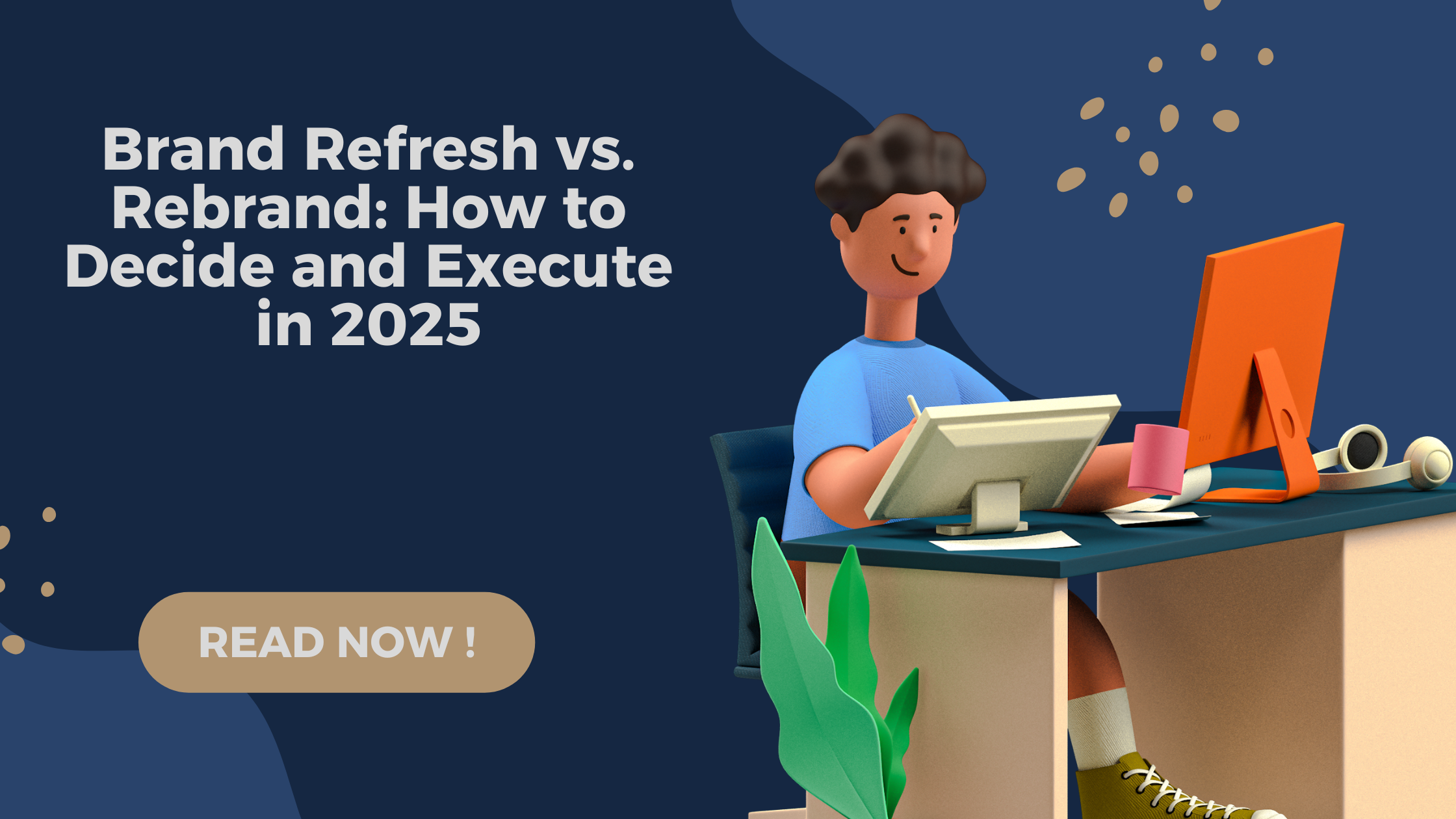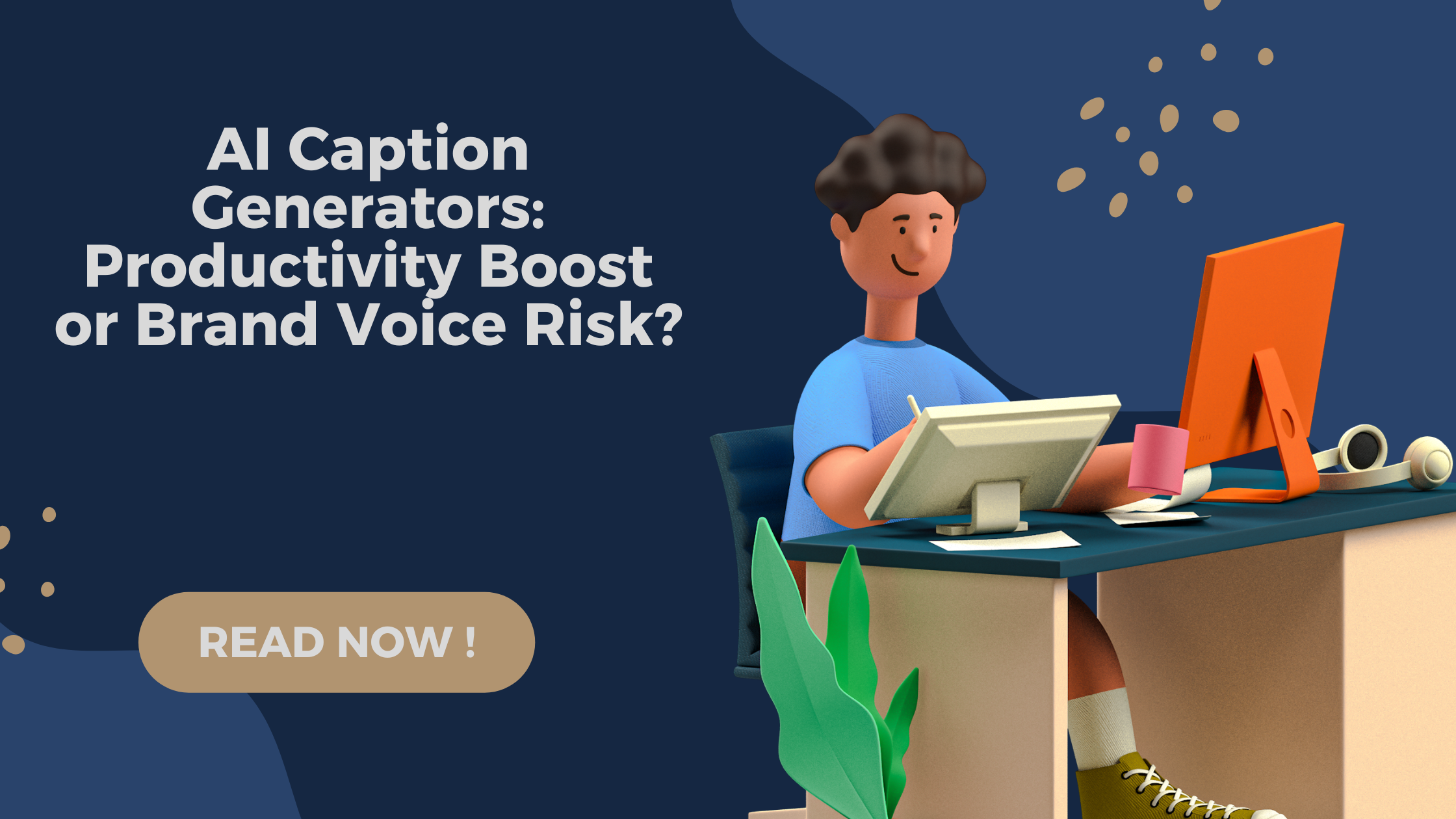Table of Contents
- Introduction: Why Engagement Is the New Attention
- What is Interactive Storytelling?
- Why It Works: The Psychology Behind It
- How to Implement Interactive Storytelling in Your Strategy
- 1. Start With a Strong Narrative
- 2. Choose the Right Interactive Format
- 3. Use Tools to Build Interactivity
- 4. Optimize for Mobile
- 5. Track & Iterate
- Examples of Brands Using Interactive Storytelling Well
- Benefits of Interactive Storytelling
- FAQs: Interactive Storytelling
- About Rahul Sinha Digital Solutions
- Conclusion: Let Your Audience Be the Hero
- Suggested Resources
Introduction: Why Engagement Is the New Attention
The digital landscape is crowded. Static content often gets lost in the scroll. In an age where attention spans are short and engagement is king, interactive storytelling is emerging as one of the most powerful tools for brands to create memorable experiences.
Instead of passively consuming information, audiences today want to be involved — to click, explore, swipe, vote, scroll, and co-create. That’s where interactive storytelling makes the difference.
👉 Want help bringing your brand stories to life? Contact Rahul Sinha Digital Solutions
What is Interactive Storytelling?
Interactive storytelling is the art of using digital tools and user participation to enhance narrative content. It’s more than just telling a story — it’s inviting your audience to become a part of it.
Forms of Interactive Storytelling:
- Clickable infographics
- Quizzes and polls
- Scrollytelling (scroll-triggered animations and storytelling)
- Interactive timelines
- Chat-style or branching narrative stories
- Personalized content journeys (based on user input)
🧩 The more choices a user has in navigating your story, the more connected they feel.
Why It Works: The Psychology Behind It
1. Engagement Through Choice
Letting readers control the journey makes them feel ownership — a deep emotional driver.
2. Higher Retention Rates
Interactive formats activate multiple senses, which significantly improve recall and understanding.
3. Better Brand Affinity
Experiences that are customized and interactive leave a longer-lasting impression than passive reading.
4. Increased Shareability
Unique, fun, and personalized content gets shared more — boosting your SEO and organic reach.
🧠 Interactive content is remembered 2X more than static formats (Source: Content Marketing Institute).
How to Implement Interactive Storytelling in Your Strategy
1. Start With a Strong Narrative
Your story is the foundation. Make sure it’s:
- Human-centric
- Emotionally resonant
- Structured with a beginning, middle, and end
Common story formats:
- Customer success journeys
- Behind-the-scenes building stories
- Industry challenges + personal take
2. Choose the Right Interactive Format
| Story Type | Best Interactive Format |
| Data-driven content | Interactive charts, polls |
| Brand storytelling | Scroll-based timelines, parallax effects |
| Educational content | Quizzes, decision paths |
| Testimonials | Video clips, interactive maps |
3. Use Tools to Build Interactivity
- Tilda – Great for scroll-based storytelling
- Typeform – Interactive forms, quizzes, and logic
- Shorthand – Immersive longform visual storytelling
- Thinglink – Hotspots for images and videos
4. Optimize for Mobile
Most interactions today happen on smartphones. Prioritize:
- Thumb-friendly navigation
- Responsive design
- Fast loading times
5. Track & Iterate
Use tools like:
- Hotjar for heatmaps and click tracking
- Google Analytics for bounce rates and scroll depth
- HubSpot or CRM tools for tracking conversions
Examples of Brands Using Interactive Storytelling Well
🧭 National Geographic: “Everest: The First Ascent”
Combines scroll-triggered visuals, audio narration, and dynamic animations to simulate the mountain journey.
🛍️ IKEA: Interactive Room Builder
Lets users build their own room layouts — driving product engagement and conversion.
📚 Spotify Wrapped
Gamifies personal user data into stories people can’t wait to share.
💡 Rahul Sinha Digital Solutions
We integrate interactive storytelling into:
- Website builds with storytelling scroll effects
- Lead-gen quizzes and landing pages
- Personalized email sequences
Benefits of Interactive Storytelling
| Benefit | Why It Matters |
| Higher Time on Site | More engagement = better SEO and conversions |
| Increased Conversions | Personalized journeys build trust |
| Brand Differentiation | Interactive formats set you apart |
| Organic Shareability | More shares = higher reach without ad spend |
📈 88% of marketers say interactive content helps differentiate them from competitors (DemandGen Report).
FAQs: Interactive Storytelling
Q1: Is it expensive to create interactive content?
A: Not always. Many tools like Tilda, Canva, and Typeform offer free plans or low-cost tiers.
Q2: Is interactive content good for SEO?
A: Yes! It boosts engagement, dwell time, and backlinks — all positive ranking signals.
Q3: What kind of business should use this?
A: Any! From SaaS and eCommerce to nonprofits and coaches — if you have a story, you can make it interactive.
About Rahul Sinha Digital Solutions
Rahul Sinha Digital Solutions is a performance-focused digital marketing agency that:
- Builds SEO + story-powered websites
- Crafts quiz-based lead magnets
- Designs interactive campaigns that drive conversions
👉 Want to create immersive storytelling experiences? Let’s build one together
Conclusion: Let Your Audience Be the Hero
In today’s content-heavy world, giving your audience a role in the story makes all the difference.
Interactive storytelling isn’t just about flash — it’s about depth, emotion, and connection.
It invites users to live your message, not just read it. That’s what makes it unforgettable.
Don’t just create content. Create an experience.
Suggested Resources
- Shorthand’s Guide to Digital Storytelling
- The Psychology of Interactive Content – CMI
- How to Use Scrollytelling – Storybench
Written by the creative team at Rahul Sinha Digital Solutions.





